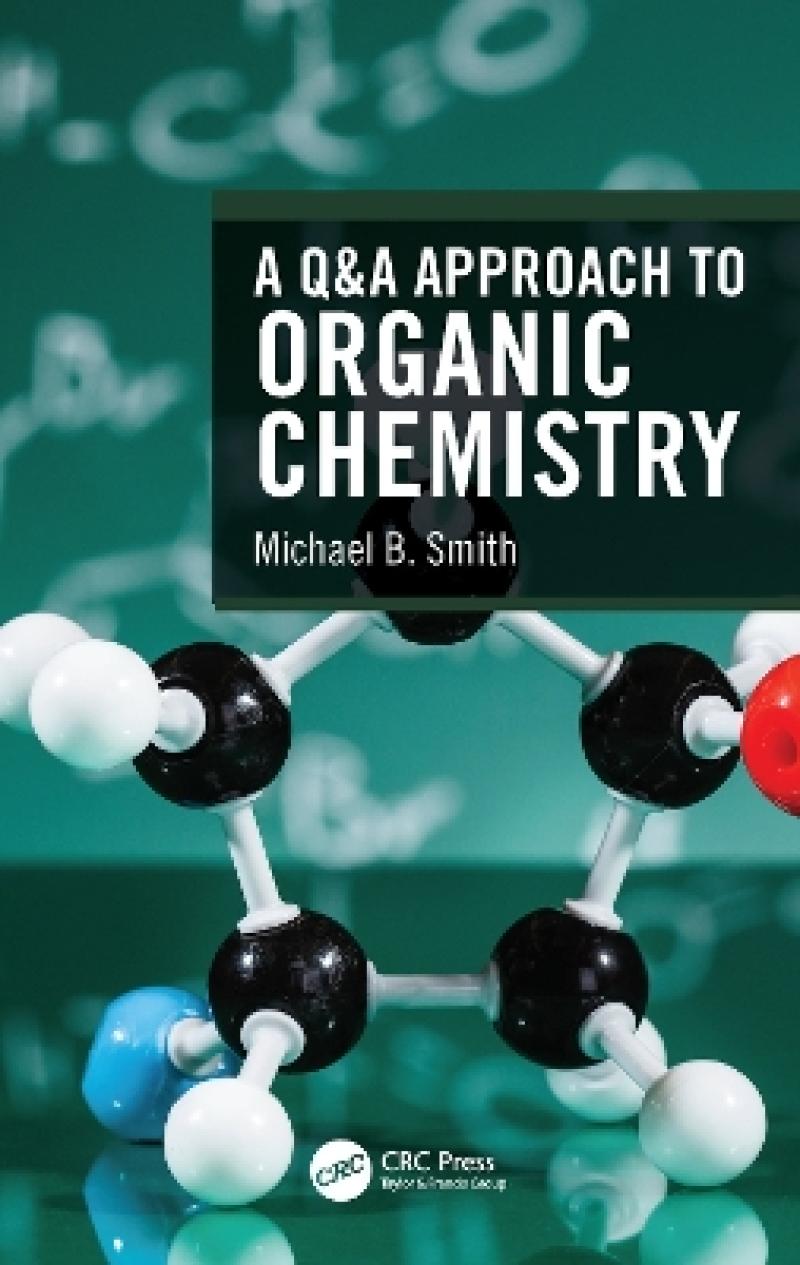<p>There are many organic chemistry textbooks on the market, adopting a range of approaches. This volume by Smith (emer., Univ. of Connecticut) is organized around a series of leading questions to provide students with a supplementary resource for studying organic chemistry. As explained in the preface, the volume represents an update of an earlier work published by HarperCollins (in1993 and 2006), intended for use as a study guide alongside an organic chemistry textbook. The current volume is likewise suggested as a supplement. The text follows the outline of textbooks that present organic chemistry in terms of a functional group approach. Such familiar organizational structure will help students find their way in this text. Uniquely, rather than presenting topics and subtopics discursively within the text, the chapters immediately move to leading questions, as in a pre-exam review. Thus, students might have to hunt a little through the table of contents and each section to find the relevant questions they might need to review. The index should be helpful for such a scenario, as it is organized using a keywords approach. The book will be useful for undergraduate newcomers to organic chemistry, students of the discipline reviewing for professional or graduate school exams, and as a unique reference resource for academic libraries.</p><p>--P. W. Baures, Keene State College</p><p>Summing Up: Recommended. Lower-division undergraduates.</p>
A Q&A Approach to Organic Chemistry is a book of leading questions that begins with atomic orbitals and bonding. All critical topics are covered, including bonding, nomenclature, stereochemistry, conformations, acids and bases, oxidations, reductions, substitution, elimination, acyl addition, acyl substitution, enolate anion reactions, the Diels–Alder reaction and sigmatropic rearrangements, aromatic chemistry, spectroscopy, amino acids and proteins, and carbohydrates and nucleosides. All major reactions are covered. Each chapter includes end-of-chapter homework questions with the answer keys in an Appendix at the end of the book. This book is envisioned to be a supplementary guide to be used with virtually any available undergraduate organic chemistry textbook. This book allows for a "self-guided" approach that is useful as one studies for a coursework exam or as one reviews organic chemistry for postgraduate exams.
Key Features:
- Allows a "self-guided tour" of organic chemistry
- Discusses all important areas and fundamental reactions of organic chemistry
- Classroom tested
- Useful as a study guide that will supplement most organic chemistry textbooks
- Assists one in study for coursework exams or allows one to review organic chemistry for postgraduate exams
- Includes 21 chapters of leading questions that covers all major topics and major reactions of organic chemistry
The revised book will provide leading questions to guide a student through organic chemistry, and to answer those questions in a way that will (a) prepare them for the fundamentals of organic chemistry and (b) answer questions about each topic that may arise after exposure to the subject in their lecture and/or their textbook.
Preface. Common Abbreviations. Author. Part A A Q&A Approach to Organic Chemistry. 1 Orbitals and Bonding. 2 Structure of Molecules. 3 Acids and Bases. 4 Alkanes, Isomers, and Nomenclature. 5 Conformations. 6 Stereochemistry. 7 Alkenes and Alkynes: Structure, Nomenclature, and Reactions. 8 Alkyl Halides and Substitution Reactions. 9 Elimination Reactions. 10 Organometallic Compounds. 11 Spectroscopy. 12 Aldehydes and Ketones. Acyl Addition Reactions. Part B A Q&A Approach to Organic Chemistry. 13 Oxidation Reactions. 14 Reduction Reactions. 15 Carboxylic Acids, Carboxylic Acid Derivatives, and Acyl Substitution Reactions. 16 Benzene, Aromaticity, and Benzene Derivatives. 17 Enolate Anions and Condensation Reactions. 18 Conjugation and Reactions of Conjugated Compounds. 19 Amines. 20 Amino Acids, Peptides, and Proteins. 21 Carbohydrates and Nucleic Acids. Appendix: Answers to End of Chapter Problems. Index.
